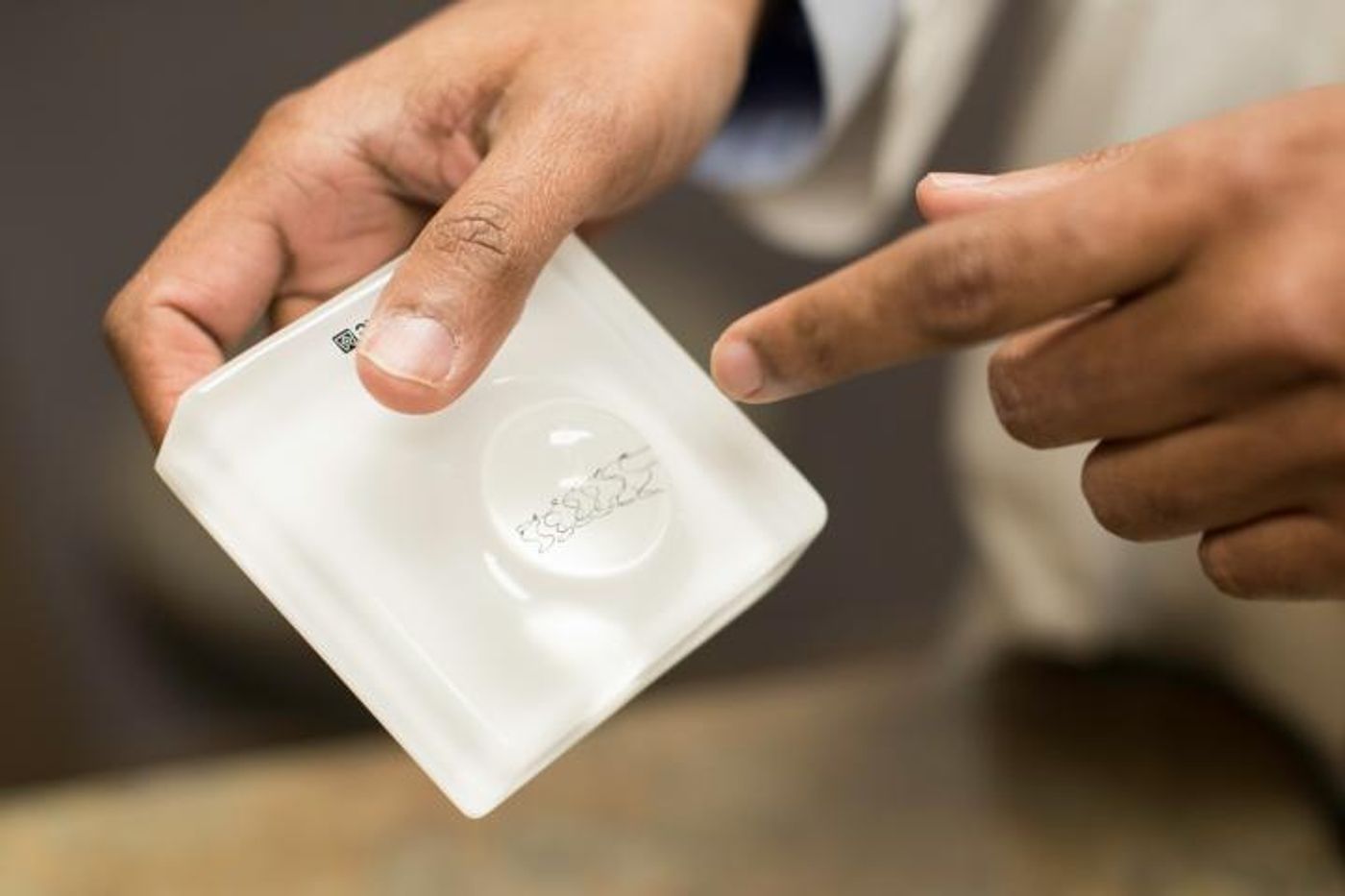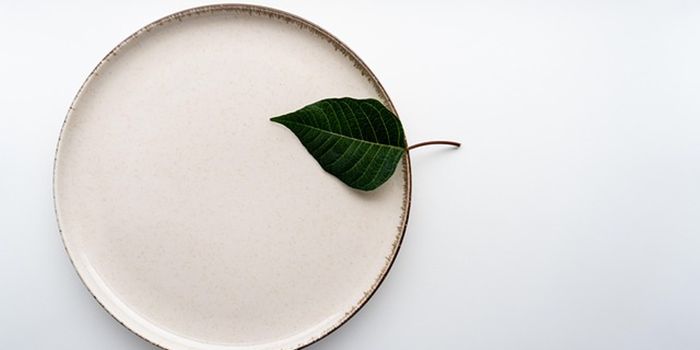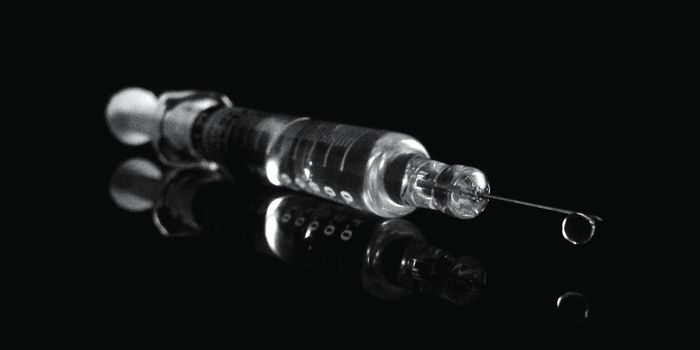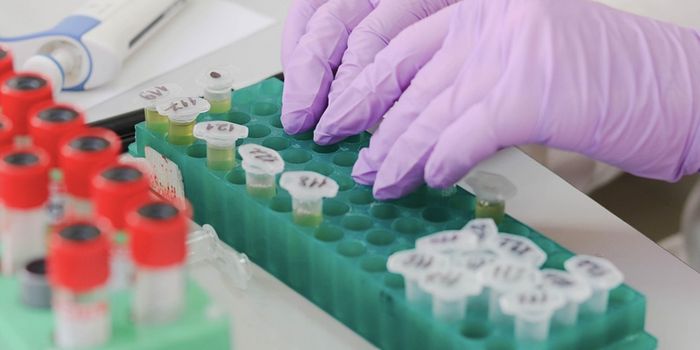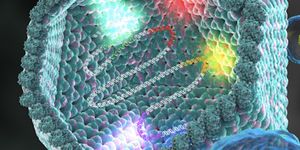Concerns Raised About Safety of New Bioresorbable Stents
A new approach to stent technology was approved by the U.S. Food and Drug Administration in July 2016, but Texas Tech University cardiologist Debabrata Mukherjee, MD expresses concern about its safety compared to more traditional stents.
Stents are typically metal mesh tubes that are inserted into an artery that has been narrowed or blocked to widen or reopen it to improve blood flow, during a surgical procedure called percutaneous coronary intervention. There are also drug-eluting stents that gradually release anti-tissue growth drugs over time into the bloodstream to prevent future blockages in addition to widening the already-narrowed artery.
However, traditional stents fall short of perfect in several ways. First, the stents are made of stiff metal, which Mukherjee points out could affect the blood vessel lining. “Stents are pieces of metal that are permanently placed into the heart, and people were not born with metal in their hearts,” he said.” It's not normal and it may sometimes cause problems.”
Traditional stents also pose the risk of blood clots and development of scar tissue near the stent. The stent could also simply fail to work, a condition called restenosis.
Bioresorbable stents were created as an alternative to traditional drug-eluting stents to avoid side effects. They dissolve completely within a few years, allowing the artery to heal naturally. Despite the intention of their developers, these next-generation stents are accompanied with several less-than-desirable characteristics.
A recent clinical trial published in the New England Journal of Medicine showed that bioresorbable stents increase a person’s risk of device thrombosis, more so than with a conventional stent. Device thrombosis is a condition where a blood clot forms directly on the stent. The new bioresorbable stents are also more costly and require a longer surgical procedure to insert. Lastly, these stents are no more effective than conventional stents.
“As a physician, why I am going to use something that costs me more if it can cause risk or harm to my patients?" Mukherjee asked.
Mukherjee suggests the development of stents with quicker reabsorption rates, thinner struts, and improved strength. He says he is looking forward to the next generation of bioresorbable stents that might have improved safety.
The present study was published in The New England Journal of Medicine.
Sources: Texas Tech University Health Sciences Center El Paso, New England Journal of Medicine, National Heart, Lung, and Blood Institute
